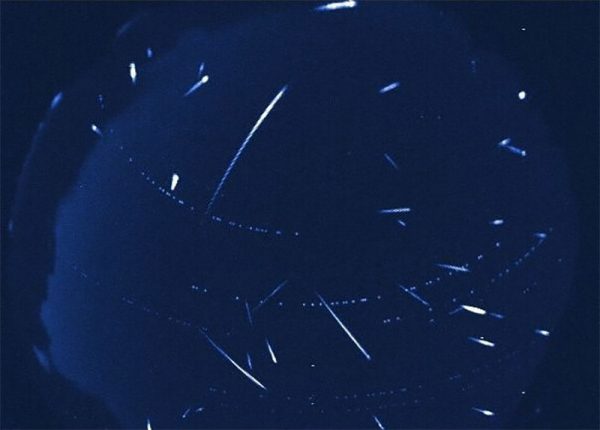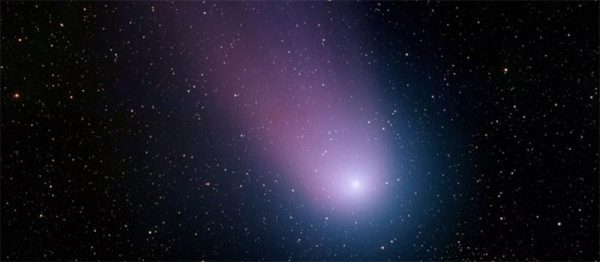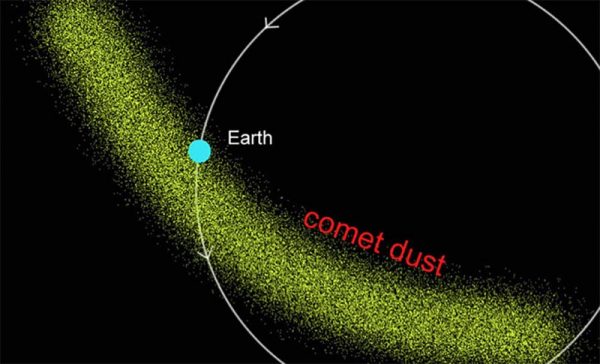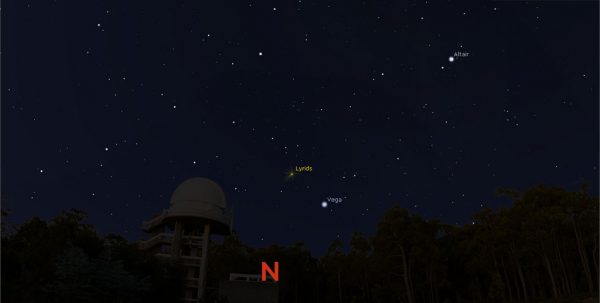Perth's How To View The 2016 Lyrids Meteor Shower

The first meteor shower visible from Perth is upon us. Starting early in the morning of the 16th of April while most of us were asleep the Lyrids meteor shower started to hit The Earth’s atmosphere. Just like driving into a dust storm, The Earth has run into millions of tiny meteorites that will streak across the night sky until the 25th.
The Lyrids have been observed for at least 2,600 years which makes them the longest observed meteor shower. The oldest description of the shower comes from the Chinese who describe on the night of the March 16, 687 BC that “stars fell like rain”. The records show that this shower has been more active in the past but has since turned into a minor shower with the occasional surprise which keeps the Lyrids always a bit interesting.

The cause of the Lyrids is the long-period comet with a very boring name of Comet C/1861 G1 (Thatcher). The comet has a rough orbit of about 415 years and was discovered by A. E. Thatcher on the 5th of April, 1861 as it was making its last pass around The Sun. The Earth each year around this time fly’s through the debris field left over by the comet tail with the dust, ice, and rocks from the field entering The Earth’s atmosphere and burning up causing brilliant streaks of light that you can see from the ground.

As the Lyrids have now evolved into a minor shower you would normally expect to see about 10 to 20 meteorites streaking through the atmosphere per hour but The Full Moon is going to mess with a lot of meteor showers this year and unfortunately, the Lyrids is going to be one of them which means we may only see 5 to 10 meteorites per hour due to the light pollution from it.
This year the Lyrids will peak on the night of the 22nd and 23rd of April and will appear to come from the constellation of Lyra. Lyra will appear in the sky over the Perth hills around 3 am in the morning so you should go out around 3:30 am and give your eyes 15 minutes to fully adjust to the lighting conditions and look between North and North East. While it’s always best to find a nice park or a large open space for best viewing of a meteor shower, you can go out to our front or back yard and still get a good view.

Here’s to good viewing condition





